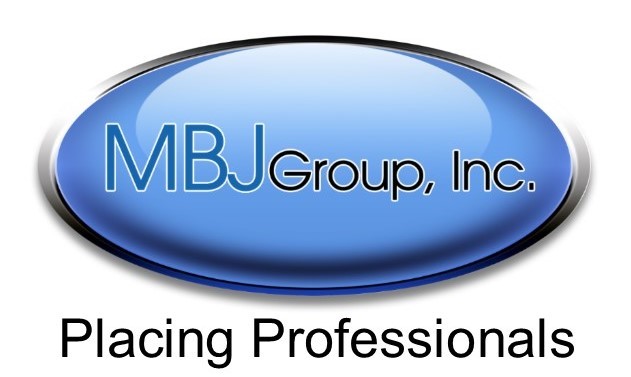 Do you want a body in the position or do you want the skills and competencies that fit the job?
Do you want a body in the position or do you want the skills and competencies that fit the job?
It’s the main question that organizations should be asking themselves whenever they are looking to fill a position.
Every job requires certain characteristics for an individual to be successful, and it’s up to the organization to figure out what specific competencies are needed for an individual to fit a particular job.
Organizations often focus their attention solely on the interview process itself and their initial reaction to a specific applicant. If they like the person they are interviewing, they are more likely to offer them the position.
However, that may not translate into long-term success.
“That doesn’t mean you’re securing the right people for a particular job,” says MBJ Group co-owner Jim Bos.
Founded in 2000 by Sarasota residents Jim and Mary Beth Bos, MBJ Group, a talent management company, works with organizations to determine what they want in a specific position through a process called benchmarking.
Benchmarking is a multi-step process that essentially answers one question: What does the job require? The benchmarking process can be used to fill any job at any level within the organization by helping the organization determine what exactly they are looking for in any given position.
More often than not, companies don’t even realize benchmarking exists.
“The more they know about this process, the more potential benefits it’ll have on the organization,” he says.
The first step is to find three to 10 people who are subject matter experts within the organization and already know about the job. The goal is to find people who are not only successful in the position but also those who aren’t so successful.
Once the subject matter experts have been identified, MBJ Group has them answer a series of questions related to the job itself. Those answers relating to the details and responsibilities of the job, such as customer service, are then placed into anywhere between four and seven groupings.
“What are the key accountabilities that should be met with a fully trained person,” says Jim. “A lot of organizations miss doing this step.”
Once the top key accountabilities have been determined, the next step is to figure out what percent of time an individual should be doing any one of those items and which item could be cause for termination if an individual is not performing in that category.
“There are certain people that fit certain jobs,” he says. “We’re trying to objectively look at what the job needs for an individual to be successful. Once we’ve identified what those competencies or skills are, now we can go look for them.”
At that point, the subject matter experts are asked to go online and answer a series of questions to get a better idea of what the job is all about. Often times, the subject matter experts come back with their own biases, which sometimes can lead to a change the group’s view on the key accountabilities.
Once the set of skills, along with behavioral and motivational/driver’s characteristics have been finalized, organizations can then go out into the marketplace and create a job advertisement specific to the skills that they are looking for.
“This is a very objective way of looking at core skills,” Jim says. “You either fit the position or you don’t. You get people that have the skills and abilities that fit the job. More than likely they like the job; and if they like the job, they will stay on the job as opposed to looking elsewhere.”

